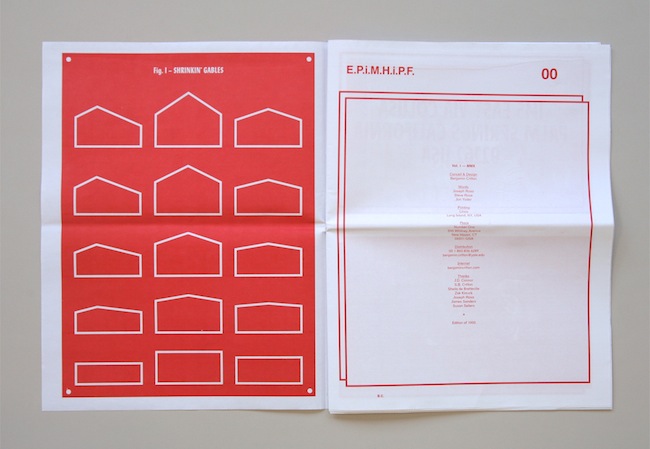


 images via
images via
Spreads from
Benjamin Critton's project,
EVIL PEOPLE in MODERNIST HOMES in POPULAR FILMS. A publication printed in a pleasing red/yellow colour combinations, and includes quotes, diagrams, film stills, essays and more, delving into the relationship between architecture and cinema, and the association between ill-morals, vices and evil masterminds with modernist homes, traced through films along the lines of Diamonds Are Forever, The Big Lebowski, Blade Runner, L.A Confidential and Twilight amongst others.
Ideas like these interest me - I think about my embroidery floor plans of fictional settings from film, television and literiture connected by also their dual locations - existing in some manner in the 'real world' while only wholly residing in the imagination. The cliches 'picking up the common thread', and 'that nothing is ever a coincidence' are phrases oft repeat in the many murder mystery stories and screen adaptations I digest and that act as a sort of back bone to my practice.
I recently posted some photos of rock stars in their parents' houses and I was struck by how Frank Zappa and David Crosby were attired to seem in sync with their surroundings, while their 'modern dress', long tresses and full facial hair were at odds with the more conventional clothes of their parents. The photo essay was intended to highlight the different lifestyles and ideas between the different generations I believe, and this sort of contradictory outcome of matching someone to a surrounding meant to represent 'old' is intriguing.
I think about characters and their personalities reflected in their environs, and I can understand the cold, shiny surfaces, the hard right angles and the looming rooftop overhangs that cast ominous shadows mirroring the mentalities of the people who live in them. The character must embody their abodes and vice-versa. The brutalist nature of the buildings is apparent in the architecture, scale and materials. Grand concrete cubes with misleading panels of glass maybe not so that one can see in the house, but that whoever is inside can see them coming.
The 'evil people' of these popular films could perhaps be described as cold, clinical, calculating, corrupt, conniving, controlling and cruel, while also being charming, charismatic, clever and compelling. (I have run out of apt adjectives beginning with 'C' now), and possibly the same could be said about their dwellings.
I suppose this is why Ernst Blofeld only wears grey.
on a side-note, check out Critton's
CV. As someone who is trying to wrangle a job out of Sweden (who is not being particularly forthcoming about it) I have taken a particular interest in other people's curriculum vitaes at present.














